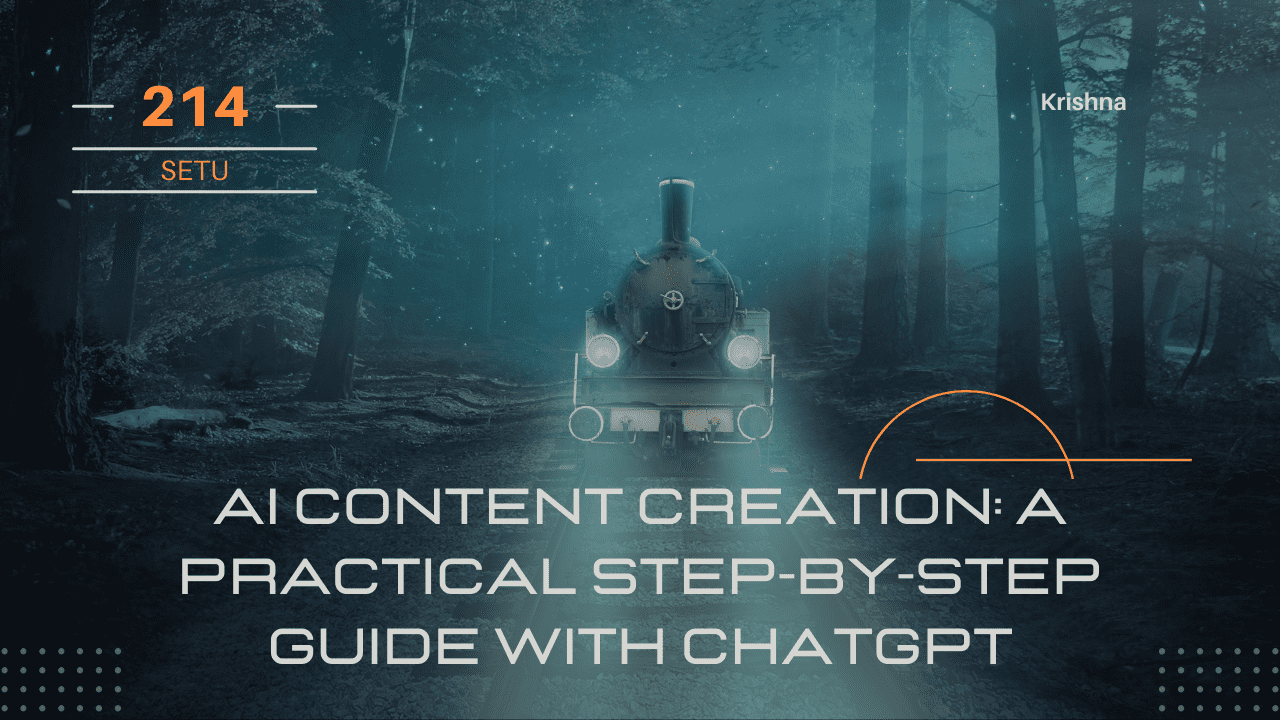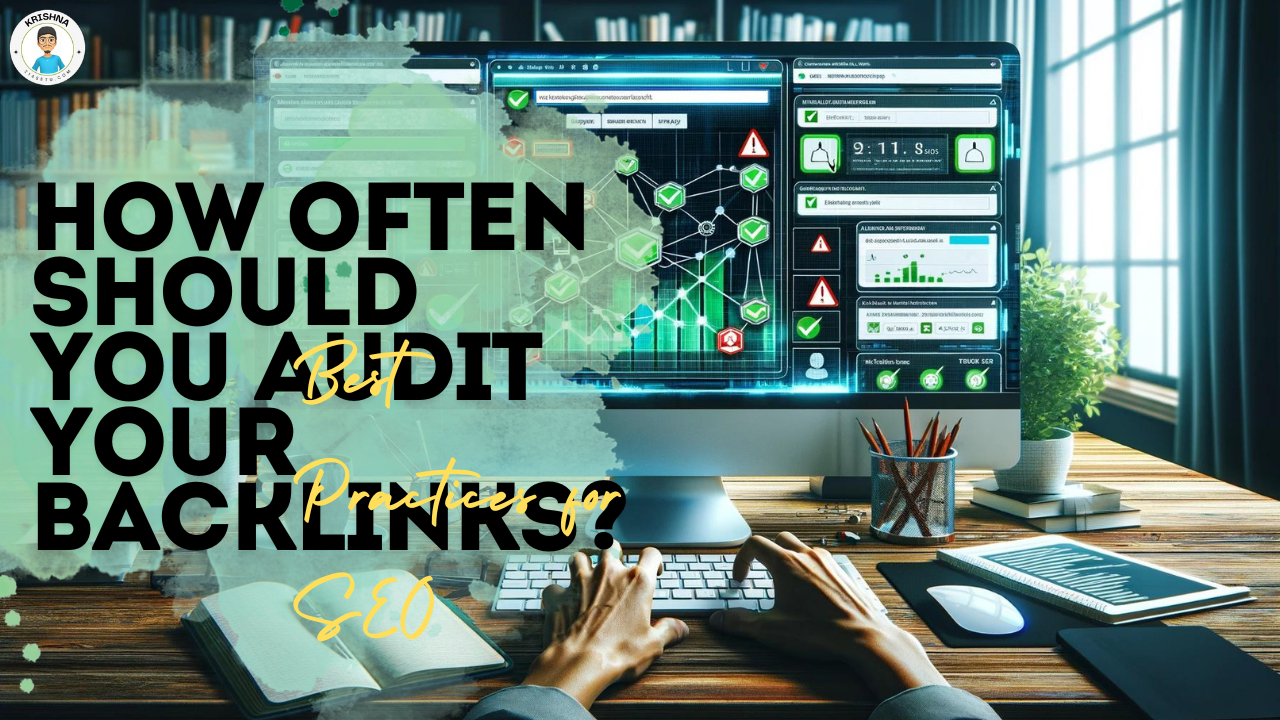

In a world where technological advancements are reshaping the landscape of various industries, ChatGPT stands out as a powerful tool revolutionizing our approach to knowledge. If you’ve been curious about this game-changing technology, you’re not alone. Join us on a beginner’s walkthrough co-authored by ChatGPT itself, as we explore what ChatGPT is and how to optimize its usage.
The Buzz Around ChatGPT:
By now, ChatGPT has likely caught your attention through social media, showcasing its diverse applications and sparking curiosity about its potential. You might have even stumbled upon the intriguing job role of a Chat GPT Prompt Engineer – a position that promises lucrative rewards. As we dive into the intricacies of prompt writing, guided by ChatGPT-4, you’ll discover the secrets behind this emerging field.
Optimizing Your Content Creation Process:
Step 1: Set the Context for ChatGPT:
Before diving into the content creation process, establish a clear context for ChatGPT. Define the scope, purpose, and desired outcomes of your engagement with the AI. This foundational step ensures that the generated content aligns seamlessly with your goals.
Step 2: Generate General Topics:
Use ChatGPT to brainstorm and generate general topics relevant to your content goals. Explore a variety of subjects and let the AI provide a broad range of ideas. This step sets the stage for a more focused content creation process.
Step 3: Break It Down:
Break down the broad topics into specific subtopics. Refine your focus to create content that is not only comprehensive but also tailored to your audience’s interests. This step ensures that the generated ideas are both insightful and manageable for further development.
Step 4: Generate Blog Post Ideas:
Leverage ChatGPT to generate specific blog post ideas based on the refined subtopics. Allow the AI to contribute creative insights and unique angles that you might not have considered. This step sparks inspiration for engaging and compelling blog content.
Step 5: Create a Blog Post Outline:
Utilize ChatGPT to assist in crafting a structured blog post outline. Let the AI help organize your ideas logically, ensuring a smooth flow of information. This collaborative approach streamlines the content creation process and lays the foundation for a well-organized piece.
Step 6: Write the Blog Post:
With the outline in hand, transition into the actual writing phase. Use ChatGPT to assist in generating content, providing suggestions, and refining language. The AI’s input enhances the efficiency and creativity of your writing process, resulting in a polished and impactful blog post.
Step 7: Repurpose Content:
Extend the utility of ChatGPT by repurposing the generated content for various platforms. Use the AI to adapt the blog post into different formats, such as social media posts, infographics, or even video scripts. This step maximizes the reach and impact of your original content.
Exploring Novel Use Cases:
Step 8: Foster Creative Writing:
Unlock ChatGPT’s potential to inspire creative writing. Use the AI to generate prompts, story ideas, or even dialogue snippets. Whether you’re a fiction writer or a poet, ChatGPT can serve as a valuable muse.
Step 9: Ideation for Innovative Projects:
Collaborate with ChatGPT to brainstorm ideas for innovative projects. From product innovations to business strategies, let the AI contribute fresh perspectives and insights. This step sparks creativity and encourages out-of-the-box thinking.
Conclusion:
By integrating these additional steps into your content creation process, you not only harness the power of ChatGPT but also optimize your workflow for maximum efficiency and creativity. The collaboration between human ingenuity and AI capabilities opens up new horizons in content creation and innovation. As you navigate these steps, remember that ChatGPT is not just a tool; it’s a dynamic partner in your journey towards more impactful and imaginative content.


Comments are closed.